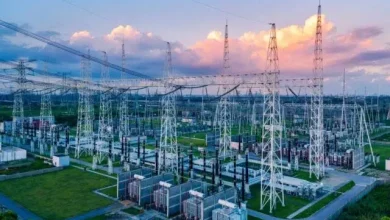Railway line: The process of laying a new railway line from Delhi to Jammu has started. This is being done to reduce the traffic burden on the existing railway lines from the capital Delhi to Jammu and to increase the speed of trains. Survey work is also going on for the new railway line. According to railway sources, two tracks will be laid from Delhi to Ambala and one track from Ambala to Jammu. There is no official statement from the railway officials about this yet. The New Delhi-Jammu route is a busy railway corridor. More than fifty trains run daily from New Delhi to Ambala, while more than 20 trains run daily from Ambala to Jammu. It is estimated that the new railway line will be laid close to the existing track, so that there is no hindrance in train operations and passengers can use the existing railway stations to board and alight from the train. At present, the speed of passenger trains is affected due to increased railway traffic on this route. Often trains have to stop midway to let other trains pass. The responsibility of supervising the survey of the proposed railway line to be laid from New Delhi to Jammu has been entrusted to three railway divisions. The survey is being done by a private company. Delhi Division has been given the responsibility of 200 km rail section from Delhi to Ambala, Ambala Division has been given the responsibility of 200 km track from Ambala Cantt to Jalandhar and Ferozepur Division has been given the responsibility of the section from Jalandhar to Jammu. At present, there is a lot of inconvenience due to only two tracks on this railway route. One train has to stop for a long time on the outer track to let another train pass, which wastes time and lengthens the journey of passengers. The survey report for this railway line will be sent to the Railway Board. After this, the committee of the board will take a decision on the project. The purpose of the ongoing survey is to find the optimal location for laying the track, possible bridge construction sites and areas requiring land acquisition.
Related Articles
Check Also
Close
-
GIFT Nifty trades at record $100.93 billionMay 3, 2025





